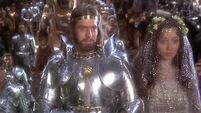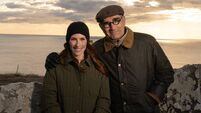Photographer and activist Misan Harriman on how photos can change the world
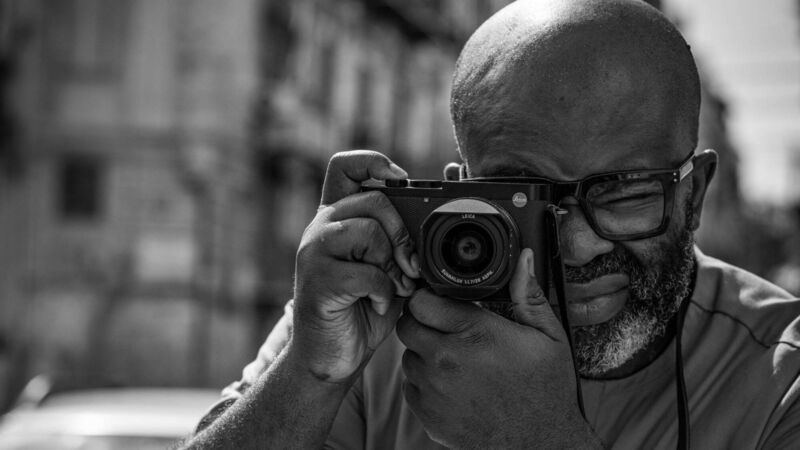
Misan Harriman will be in Cork to discuss a documentary on his work. Picture: Lia Toby/Getty Images
The work of prolific photographer and activist Misan Harriman comes into focus in , as he examines how the power of protest can lead to change while capturing activism through his lens.
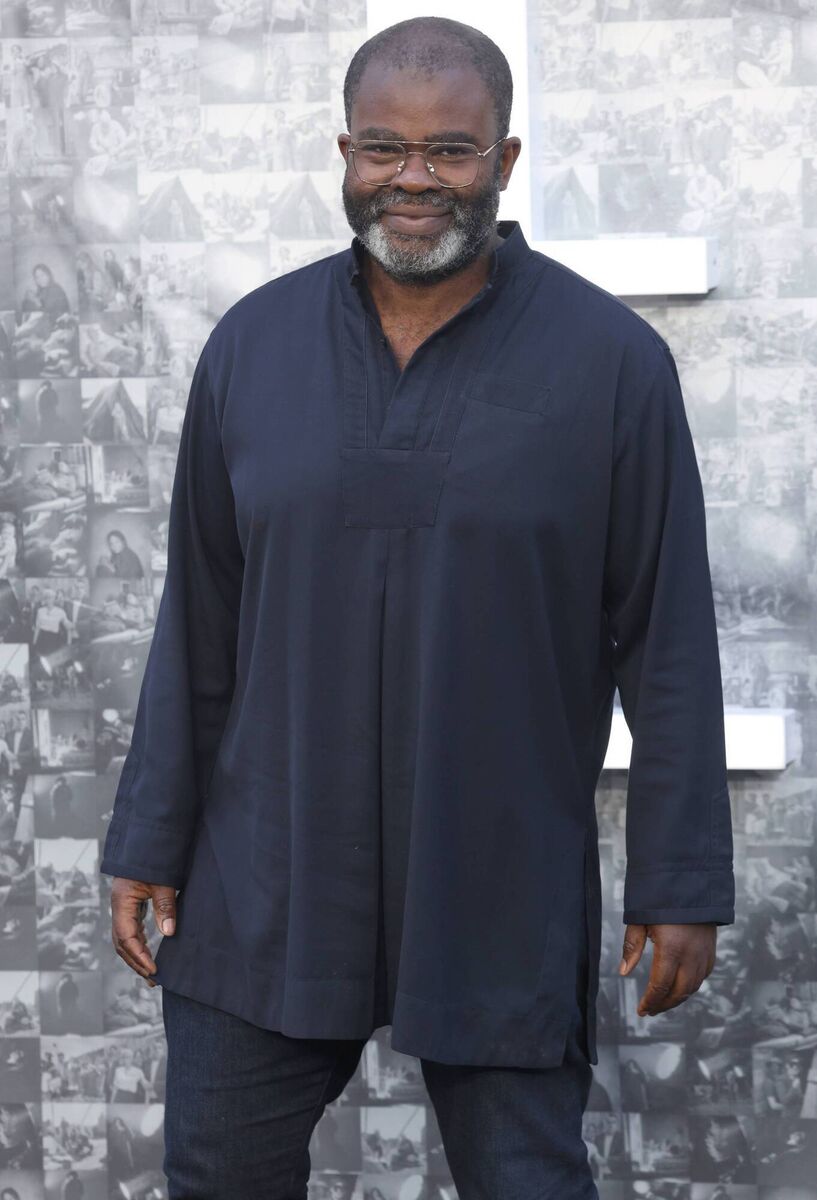
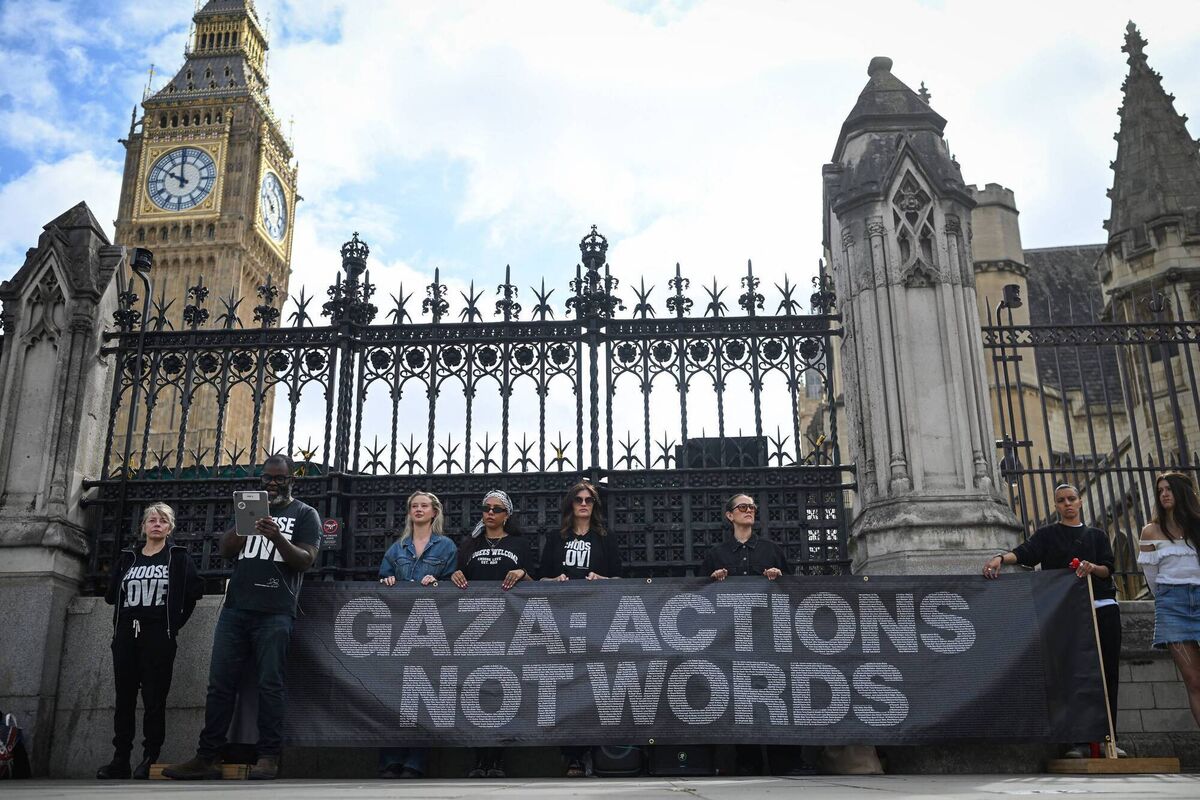

- Shoot the People screens at the Everyman as part of the Cork International Film Festival on November 14. Misan Harriman will be in attendance to discuss the film

